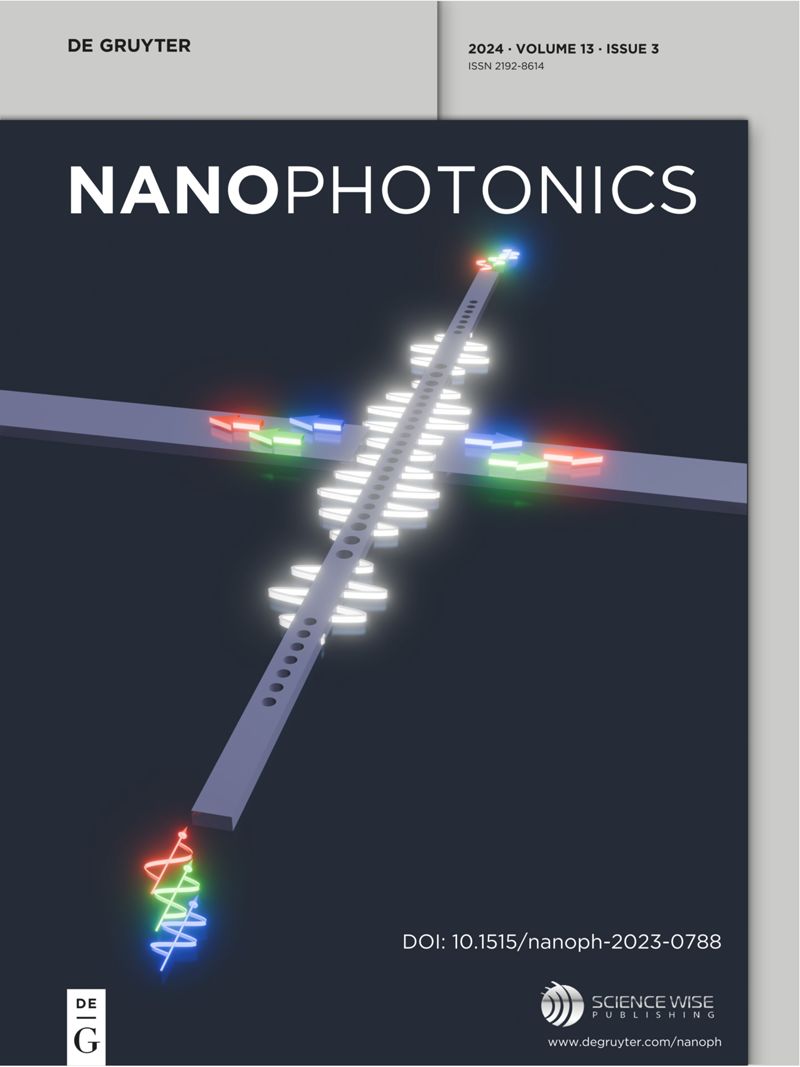Optical chirality of all dielectric q-BIC metasurface with symmetry breaking
IF 6.5
2区 物理与天体物理
Q1 MATERIALS SCIENCE, MULTIDISCIPLINARY
引用次数: 0
Abstract
As a two-dimensional material at the nanoscale, optical metasurfaces have excellent and flexible optical field control methods. In particular, the application of the concept of bound states in the continuum (BIC) enables optical metasurfaces to achieve resonance effects with high quality factors (Q factor). In comparison to plasmonic metasurfaces, all dielectric metasurfaces can effectively reduce the Ohmic losses in the structure. In this study, we propose a q-BIC metasurface with a high quality factor (maximum Q factor of 247), which is all dielectric and symmetry-breaking, and investigate the enhancement effect of this structure on optical chirality in the near-infrared band. In the simulation and experiment, the transmission spectra of the structure in the near-infrared band exhibited differences at different light source incidence angles when illuminated with circularly polarised light of varying rotation directions (external chirality). The maximum far-field circular dichroism (CD) achieved was 0.17 in the simulation and 0.038 in the experiment. Subsequently, the near-field chirality enhancement of the structure was investigated, which has the potential to increase the optical chirality of the incident light by up to 22 times. Furthermore, the introduction of a chiral medium to a non-chiral metasurface results in a chiral transfer effect, enabling the achievement of circular dichroism beyond the intrinsic capabilities of the individual substances involved (maximum CD = 0.0055). The high-Q factor of the all-dielectric metasurface paves the way for a plenty of potential applications in optical chiral fields, including chiral sensing, ultra-sensitive analysis of biomaterials and soft matter.求助全文
约1分钟内获得全文
求助全文
来源期刊

Nanophotonics
NANOSCIENCE & NANOTECHNOLOGY-MATERIALS SCIENCE, MULTIDISCIPLINARY
CiteScore
13.50
自引率
6.70%
发文量
358
审稿时长
7 weeks
期刊介绍:
Nanophotonics, published in collaboration with Sciencewise, is a prestigious journal that showcases recent international research results, notable advancements in the field, and innovative applications. It is regarded as one of the leading publications in the realm of nanophotonics and encompasses a range of article types including research articles, selectively invited reviews, letters, and perspectives.
The journal specifically delves into the study of photon interaction with nano-structures, such as carbon nano-tubes, nano metal particles, nano crystals, semiconductor nano dots, photonic crystals, tissue, and DNA. It offers comprehensive coverage of the most up-to-date discoveries, making it an essential resource for physicists, engineers, and material scientists.
 求助内容:
求助内容: 应助结果提醒方式:
应助结果提醒方式:


